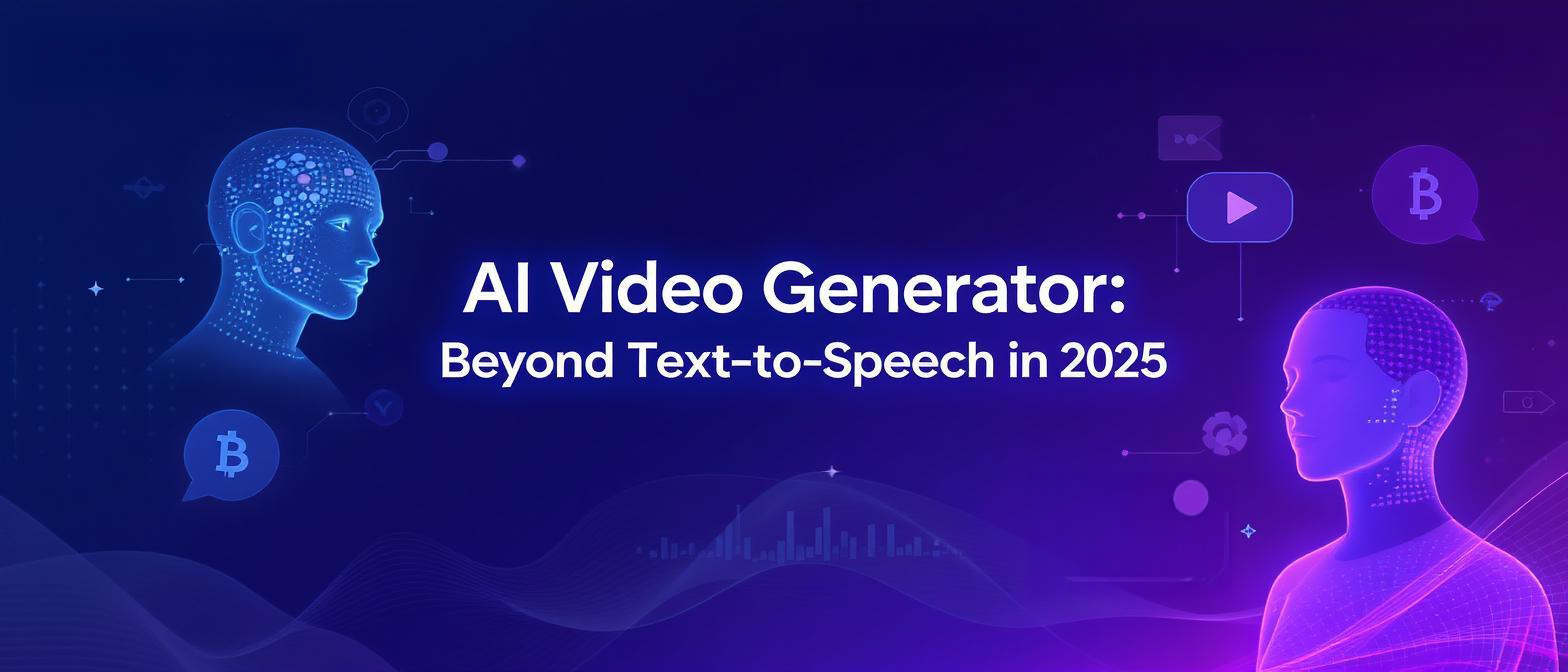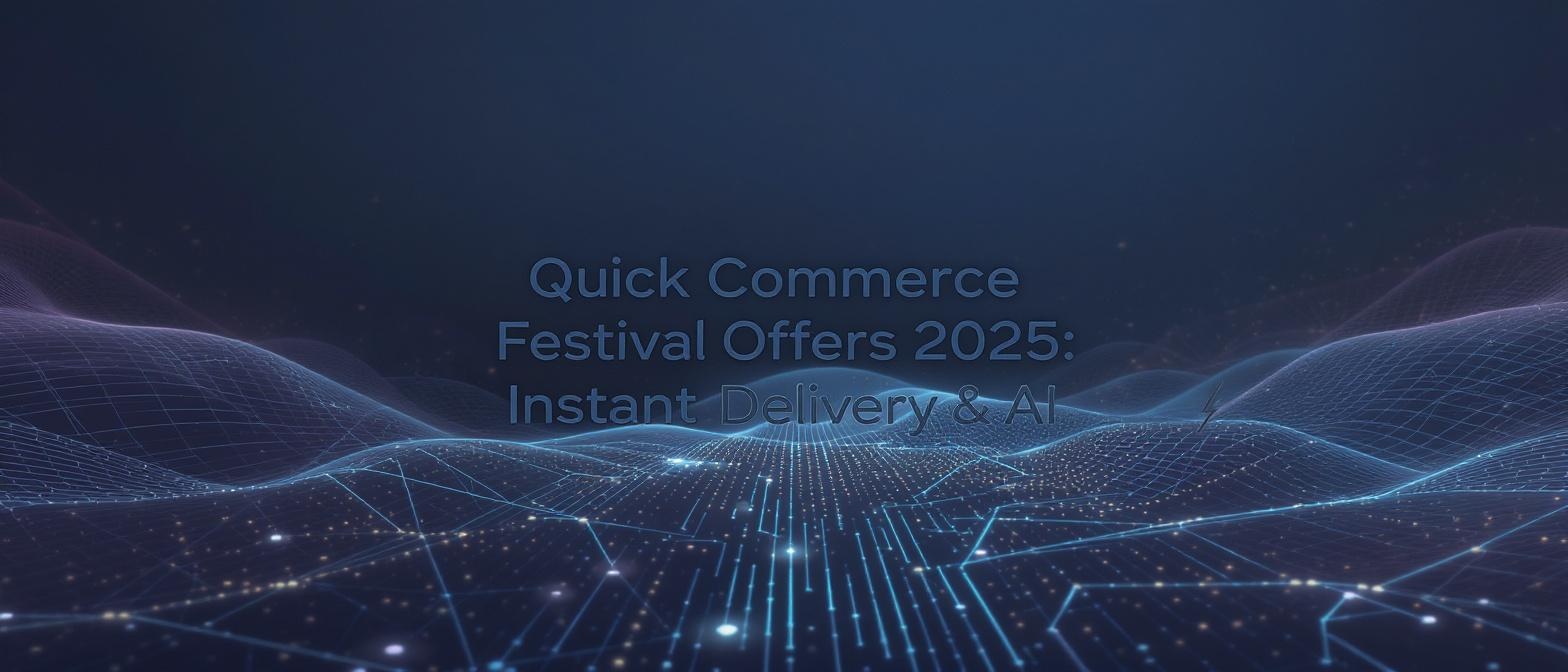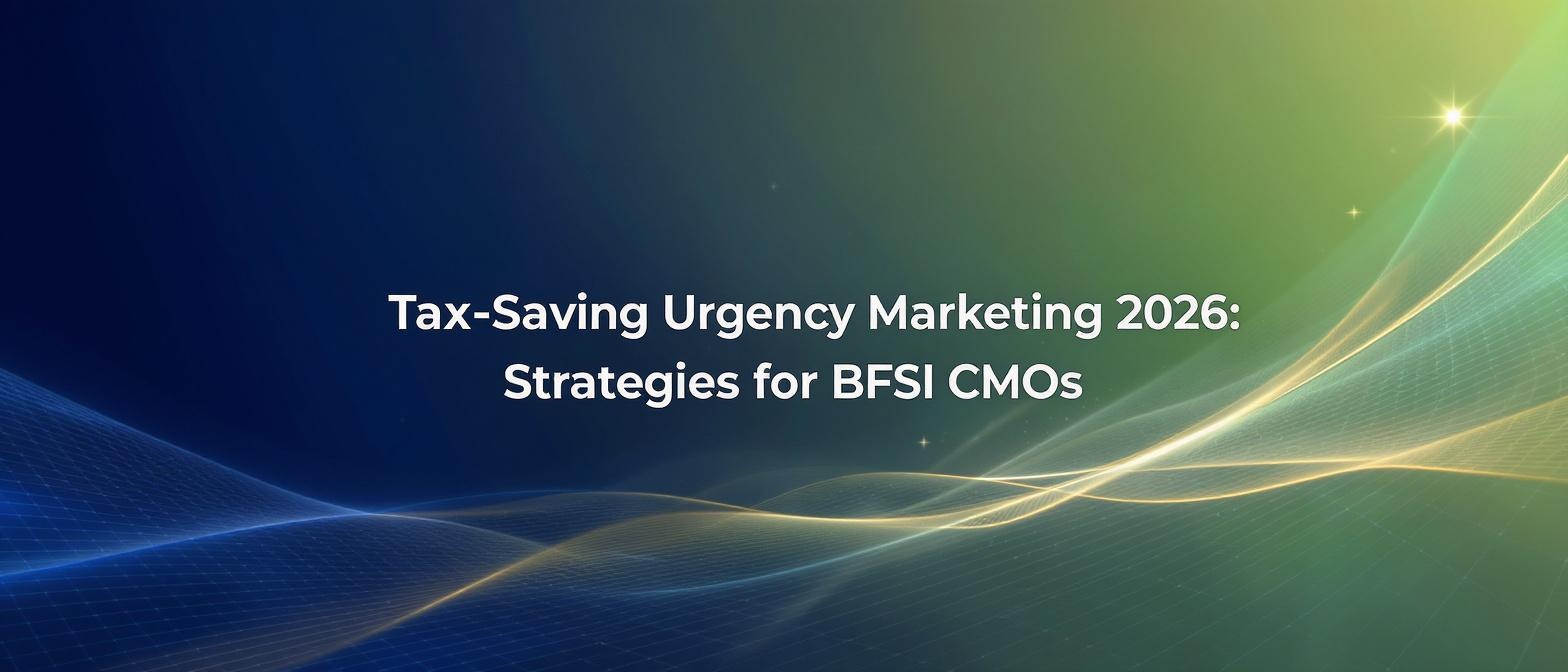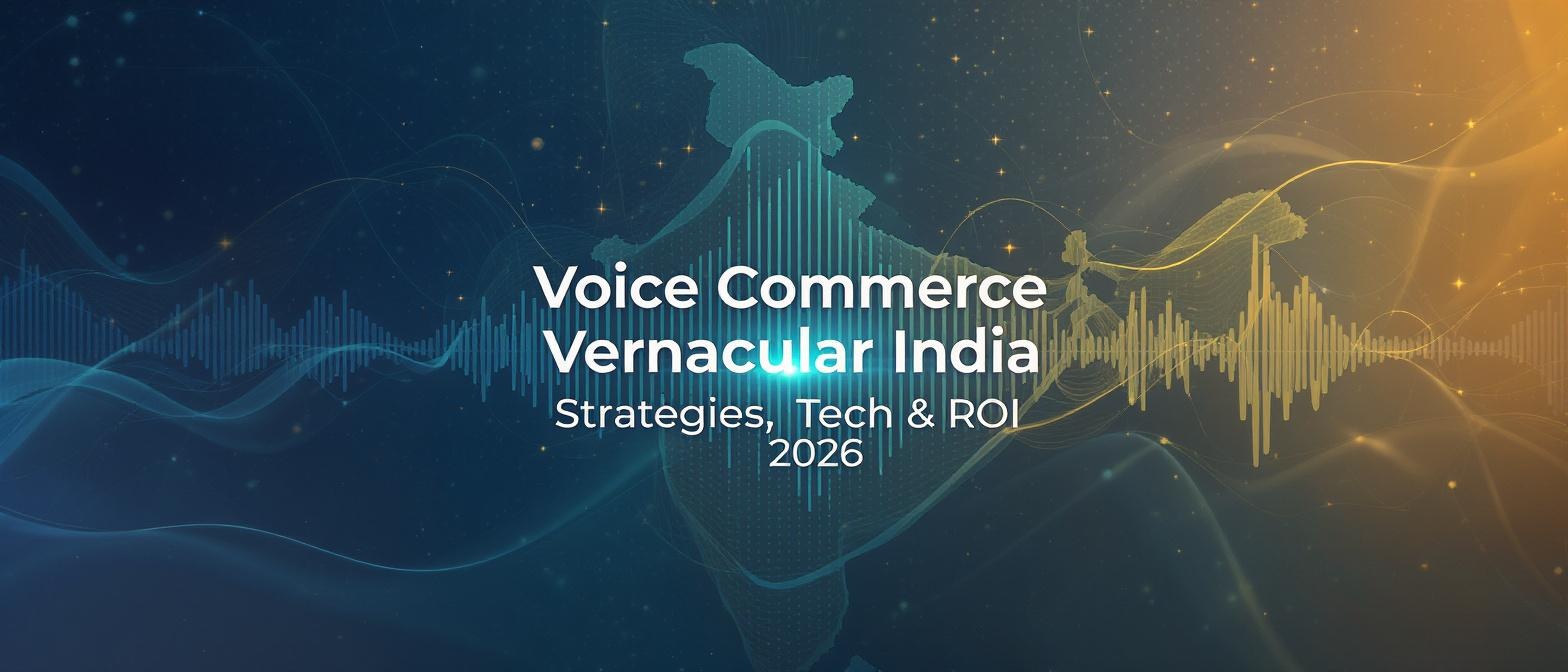Beyond Basic Text-to-Speech: The New Era of AI Video Generation
Estimated reading time: ~13 minutes
Key Takeaways
- The AI video market is set to reach $1.8 billion in 2024, showcasing massive growth potential.
- Adopting synthetic media drastically cuts production costs by 60-80%.
- Ethical considerations like consent, data privacy, and avatar licensing are vital to brand trust.
- A strategic framework covering modular scripting, branding, and multi-language support drives ROI.
- Upcoming trends include hyper-personalization at scale and interactive AI video experiences.
The AI video market is exploding, projected to hit $1.8 billion in 2024 and growing rapidly. While many marketers are still just scratching the surface with basic text-to-speech tools, a seismic shift is already underway. The core challenge is no longer simply creating video content, but scaling it—affordably, instantly, and across multiple languages—without losing brand identity or authenticity. Traditional video production, with its high costs, long timelines, and logistical nightmares, is fundamentally incapable of meeting this demand. This creates a significant gap between what modern marketing requires and what old methods can deliver.
This article moves beyond the surface-level discussion. We won't just tell you that AI video is efficient. We will provide a strategic framework for implementing advanced AI video generator platforms to achieve measurable ROI. Create Professional A-Roll Footage in Minutes with AI Video Generator Technology We will explore the nuanced challenges of maintaining brand integrity, delve into the critical ethical considerations of using customizable avatars, and reveal how integrating true multi-language text to speech is not just a feature, but a cornerstone of global growth. Prepare to learn how to transition from simply making videos to building a scalable, personalized, and future-proof content engine.
Section 1: Reframing the Challenge: Beyond Speed and Cost
The conversation around AI video generation has been dominated by two metrics: speed and cost. While significant, this narrow focus overlooks the more profound strategic challenges that modern marketing teams face. The real struggle lies in the “marketing trilemma”: achieving personalization at scale, maintaining brand consistency across all touchpoints, and ensuring global linguistic relevance. Traditional methods force a trade-off; you can have one or two, but rarely all three.
The data reveals the urgency. A staggering 79% of eCommerce brands are now using AI-generated videos to showcase products, indicating a clear shift in market behavior. This isn’t just about cutting corners; it’s about survival and competition. Furthermore, research shows that 63% of businesses using AI video tools reduce their average production costs by an average of 58%. Revolutionary Ways AI Video Technology Transforms Your Marketing Budget Efficiency This isn’t just an incremental saving; it’s a fundamental restructuring of marketing budgets, freeing up capital for strategic investment rather than repetitive production tasks.
The true challenge, therefore, isn’t just “making a video.” It’s producing a dozen variations for A/B testing, localizing a campaign for ten different markets simultaneously, or creating personalized onboarding videos for hundreds of new clients each month. It’s about maintaining a consistent, high-quality brand voice, look, and feel, whether a customer is in Kansas or Kyoto. This is a challenge of scale and complexity that requires a new class of tools built not just for generation, but for strategic content operations.
Section 2: Innovation & Solutions: The Leap to Synthetic Media
The evolution from robotic text-to-speech to photorealistic AI avatars represents a monumental leap in technology. Early iterations were functional but lacked the human touch, often resulting in robotic narration and the infamous “uncanny valley” effect. Today’s leading-edge solutions have moved far beyond this, entering the realm of “synthetic media”—high-quality, AI-generated content that is often indistinguishable from traditionally produced media. This is achieved through sophisticated neural networks trained on vast datasets of human speech, expressions, and mannerisms, enabling nuanced and emotionally resonant delivery.
This technological leap is powered by Generative Adversarial Networks (GANs) and other advanced machine learning models. These systems don’t just map phonemes to sounds; they analyze script context to apply appropriate intonation, cadence, and even subtle facial expressions to an avatar. The result is a digital human that can communicate with the warmth and credibility of a real person. Platforms like Studio by TrueFan AI enable this advanced capability through a self-serve model, democratizing access to technology that was once the exclusive domain of visual effects studios. By using digital twins of real, licensed actors, these platforms ensure a baseline of realism and ethical sourcing that is crucial for building audience trust.
The backend innovation is just as critical. Cloud-agnostic GPU infrastructure allows for parallel processing, reducing video rendering times from hours to mere minutes. This speed unlocks agile marketing workflows, such as real-time A/B testing of ad creatives or instant generation of personalized sales outreach videos. The integration of robust APIs further extends this power, allowing businesses to plug AI video generation directly into their existing marketing automation platforms (like HubSpot or Marketo), CRMs, or e-commerce systems, creating a fully automated, end-to-end content pipeline. For advanced techniques in enhancing video quality, refer to 5 AI Video Enhancement Techniques to Revolutionize Video Quality Improvement in 2025.
Section 3: Advanced Implementation: A Framework for Scalable Video Strategy
Adopting an AI video generator without a strategy is like having a Formula 1 car without a racetrack. To truly harness its power, you need a framework that moves from ad-hoc creation to systematic implementation. Here is a four-step framework for integrating AI video into your marketing operations.
Step 1: Define Your Core Personas and Use Cases
Before generating a single video, map out your primary use cases. Are you creating top-of-funnel social media ads, mid-funnel product explainers, or bottom-funnel personalized sales proposals? For each use case, define the target audience persona. This will inform the tone of your script and the choice of your AI avatar. An avatar for a B2B fintech explainer video should evoke professionalism and trust, while one for a D2C fashion brand should feel relatable and trendy.
Step 2: Script for the Medium and Modularize
Writing for AI video is different from writing a blog post. Scripts should be concise, conversational, and broken into logical segments. A key strategy is “modular scripting.” Write standalone blocks for introductions, feature descriptions, calls-to-action, and testimonials. This allows you to mix and match modules to rapidly generate dozens of video variations for different audiences or platforms without starting from scratch. Keep sentences short and clear to ensure the AI delivers the most natural-sounding narration.
Step 3: Generate, Localize, and Brand at Scale
This is where modern platforms shine. Using your modular scripts, generate the base videos. Now, leverage advanced features to scale your output. This is where a solution like Studio by TrueFan AI’s 175+ language support and AI avatars becomes a competitive advantage. With a single click, you can translate and re-render a video for a new market with perfect lip-sync, something that would traditionally require hiring a new voice actor and a video editor for each language. During this stage, apply your brand kit—logos, lower thirds, background images, and brand colors—to ensure every video is instantly recognizable and consistent with your brand identity.
Step 4: Integrate, Test, and Optimize
Your AI videos should not live in a vacuum. Use API integrations to push them directly into your ad platforms, email marketing software, or learning management systems (LMS). The goal is to create a seamless flow from generation to distribution. Once live, the work isn’t over. Track key metrics like watch time, click-through rates, and conversion rates for each video variation. Use this data to inform your next generation cycle, continuously optimizing your scripts, avatar choices, and calls-to-action to improve performance. For strategies on transforming video ad campaigns, see
AI Video Creation: Transforming Video Ad Strategies for Maximum Marketing Impact.
Section 4: Overlooked Considerations: The Ethical Imperative
As AI video generation becomes more powerful and accessible, it’s imperative to address the ethical considerations that many providers and users conveniently ignore. The line between a helpful AI avatar and a deceptive “deepfake” is defined by two principles: consent and transparency. Using AI to generate a video of a public figure without their permission is a clear violation of ethical boundaries and can cause significant reputational damage.
This is why the sourcing of AI avatars is a critical, yet often overlooked, aspect of choosing a platform. The most ethical and legally sound platforms use digital twins created from real actors who have given explicit, informed consent for their likeness to be used. These actors are compensated for their participation, ensuring a fair and sustainable ecosystem. Platforms that cannot provide a clear chain of consent for their avatars are a significant liability risk. Marketers must demand this transparency to protect their brand from association with unauthorized or exploitative practices.
Furthermore, robust content moderation is not a “nice-to-have” feature; it is an absolute necessity. Unchecked AI video generators can be used to create misinformation, hate speech, or fraudulent content. Leading platforms have built-in safety filters that block the generation of videos containing profanity, political endorsements, or other harmful content. This “walled garden” approach provides creative flexibility while safeguarding against misuse, ensuring the technology is used as a force for positive and productive communication. By choosing platforms with built-in compliance and moderation, you are not only protecting your brand but also contributing to a healthier and more responsible AI landscape. For more on ethical AI practices, visit How AI Audio Integration is Revolutionizing Corporate Training Videos.
Section 5: ROI & Metrics: Proving the Value of Synthetic Media
The ultimate measure of any marketing technology is its return on investment (ROI). For AI video generation, the ROI is multifaceted and can be quantified through a combination of cost savings, efficiency gains, and performance uplift. While the competitor blog mentions benefits, it lacks a concrete framework for calculating this value.
A simple yet powerful ROI framework is:
ROI = (Cost Savings + Revenue Lift) / Investment Cost
1. Quantifying Cost Savings:
This is the most direct metric. Compare the cost of producing a video using traditional methods (hiring actors, studio rental, camera crew, editors) versus an AI platform subscription. Research shows AI can slash these
hard costs by 60-80%. If a single marketing video traditionally costs $5,000 to produce and you create 10 per quarter, your annual cost is $200,000. An AI platform subscription might cost $24,000 annually, representing a direct saving of $176,000. Solutions like Studio by TrueFan AI demonstrate ROI through this dramatic reduction in per-unit content cost, especially when factoring in multi-language versions.
2. Measuring Revenue Lift:
This requires tracking the performance of your AI-generated assets.
- Conversion Rate Increase: A/B test an AI video on a landing page against a static image or text. A documented case study showed a retail startup saw a 25% increase in conversion rates after implementing AI-powered short-form videos.
- Increased Engagement: Track metrics like video completion rate and click-through rate (CTR). Higher engagement often correlates with higher lead quality and sales.
- Sales Velocity: For sales teams using personalized AI videos, track the time-to-close for leads who received a video versus those who didn’t. A shorter sales cycle is a direct contribution to revenue.
By combining hard cost savings with data-driven evidence of performance uplift, marketers can build a compelling business case that justifies the investment and showcases the strategic value of AI video far beyond simple convenience.
Section 6: Future Roadmap: Preparing for the Next Wave
The current state of AI video generation is already transformative, but the technology is not standing still. Looking ahead to the next 18-24 months, several key trends will emerge, and proactive marketers must prepare for them now. The future of AI video is not just about creating content; it’s about creating interactive, real-time experiences.
The next frontier is hyper-personalization at scale. Imagine a customer receiving a post-purchase video where an AI avatar addresses them by name, references the exact product they bought, and provides personalized tips for its use. This level of personalization, which is currently impossible to scale with traditional methods, will become standard. It will be powered by direct integrations between AI video platforms and customer data platforms (CDPs), enabling the real-time generation of millions of unique video variants based on user data.
Another major development will be the rise of interactive AI video. Viewers will no longer be passive consumers. They will be able to ask the AI avatar questions directly within the video player, click on objects in the scene to get more information, or choose the direction of the narrative. This will blur the lines between video content, chatbots, and interactive websites, creating deeply engaging and conversational experiences that drive both learning and sales. To prepare, marketers should focus on building robust first-party data strategies and begin experimenting with modular, choice-based content structures that can be adapted for these future interactive formats.
Frequently Asked Questions
How is this different from "deepfake" technology?
The key difference lies in consent and purpose. Ethical AI video platforms like Studio by TrueFan AI use avatars based on real actors who have given explicit, legal consent for their likeness to be used. The technology is used for legitimate marketing and communication, with built-in content moderation to prevent misuse. Deepfakes, in contrast, typically involve the unauthorized use of a person’s likeness, often for malicious or deceptive purposes like misinformation.
What are the real cost savings of using an AI video generator?
The cost savings are substantial and come from multiple areas. You eliminate expenses for hiring actors, renting studios and equipment, and reduce post-production editing hours. Research indicates that businesses can cut their average video production costs by 60-80% compared to traditional methods. For a company that produces video content regularly, this can translate into tens or even hundreds of thousands of dollars in savings annually, which can be reallocated to other strategic marketing initiatives.
How can I ensure brand voice and consistency with an AI avatar?
Maintaining brand consistency is a multi-step process. First, select an AI avatar from the library whose look and feel aligns with your brand’s persona. Second, meticulously craft your scripts to reflect your brand’s tone and messaging. Third, utilize the platform’s branding features to add your logo, brand colors, and custom backgrounds to every video. Finally, create a style guide for your team that outlines which avatars and script tones to use for different types of content.
Can AI-generated videos rank on Google and YouTube?
Yes, absolutely. Search engines prioritize high-quality, engaging content that satisfies user intent, regardless of how it was made. AI videos can enhance SEO by increasing “dwell time” on your website pages. For YouTube, providing a full, keyword-rich transcript in the video description (which you already have from your script) and adding accurate subtitles (which many platforms generate automatically) can significantly boost your video’s visibility and ranking in search results. Learn more about adding text to video in How to Add Text to Video: A Complete Guide to AI Video Text Overlays and Subtitles for 2025.
What are the current limitations of AI video technology?
While incredibly powerful, the technology has limitations. Current AI avatars may struggle with conveying highly complex or subtle emotions required for dramatic storytelling. They are best suited for direct, communicative content like explainers, tutorials, and news-style updates. Additionally, while lip-sync is now near-perfect for direct speech, rapid, overlapping dialogue or complex conversational interactions between multiple avatars in one scene is still an emerging capability.
How can a small business with a limited budget get started?
The self-serve model of modern AI video platforms is perfect for small businesses. Start with a monthly subscription plan, which is highly affordable compared to a single traditional video shoot. For example, Studio by TrueFan AI offers a starter plan at ₹2,999/month. Begin with high-impact use cases: create a short, engaging explainer video for your homepage, produce a series of social media ads, or replace text-heavy FAQ pages with simple, helpful video answers. For quick text additions to your videos, check out Quick Ways to Add Text to GIF: Why Smart Marketers Are Switching to AI Avatar Videos.
Conclusion
We have moved decisively past the point of asking if AI will change video marketing. The new, more critical question is: how are you strategically implementing it to create a competitive advantage? While competitors focus on the baseline benefits of speed and cost, market leaders are leveraging advanced AI video generation to solve the deeper challenges of scaling personalization, maintaining global brand consistency, and measuring tangible ROI. The ability to generate a video from a script is no longer the innovation; the power now lies in creating hundreds of localized, branded, and optimized variations in minutes.
The journey to superior content performance requires a framework—one that prioritizes ethical avatar use, modular scripting for agility, and deep integration with your marketing technology stack. It demands a shift in thinking from one-off video projects to a continuous, data-driven content engine. By embracing the full potential of platforms that offer multi-language support, robust moderation, and clear ROI metrics, you can do more than just keep up. You can build a future-proof marketing strategy that delivers personalized experiences to every customer, in any language, at a scale that was previously unimaginable. The tools are here. The time to build is now.





